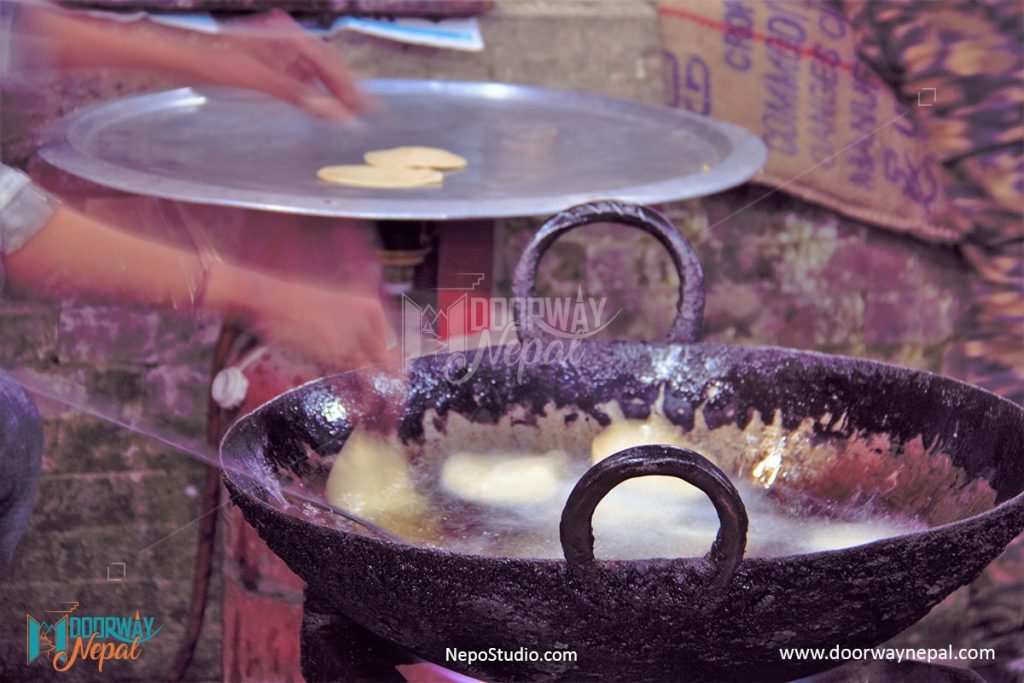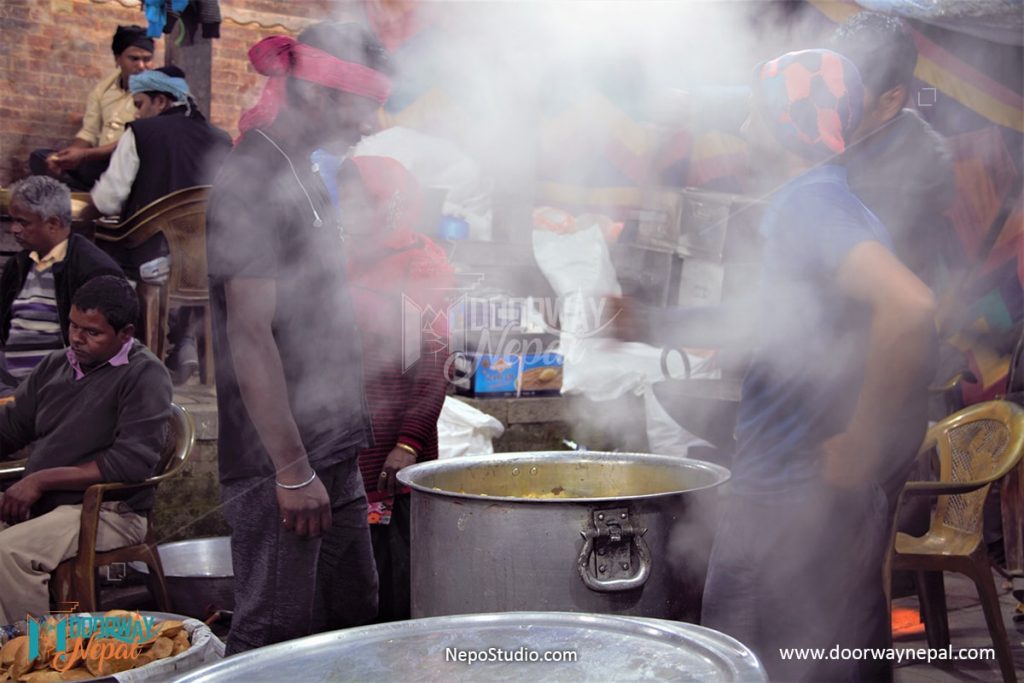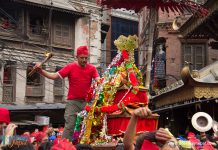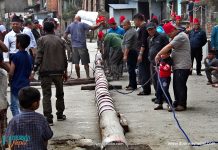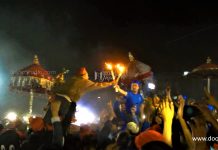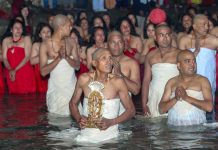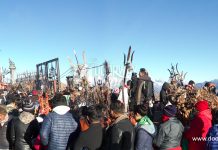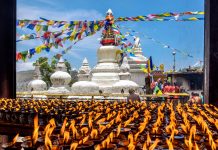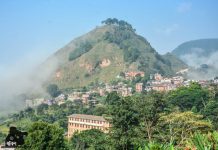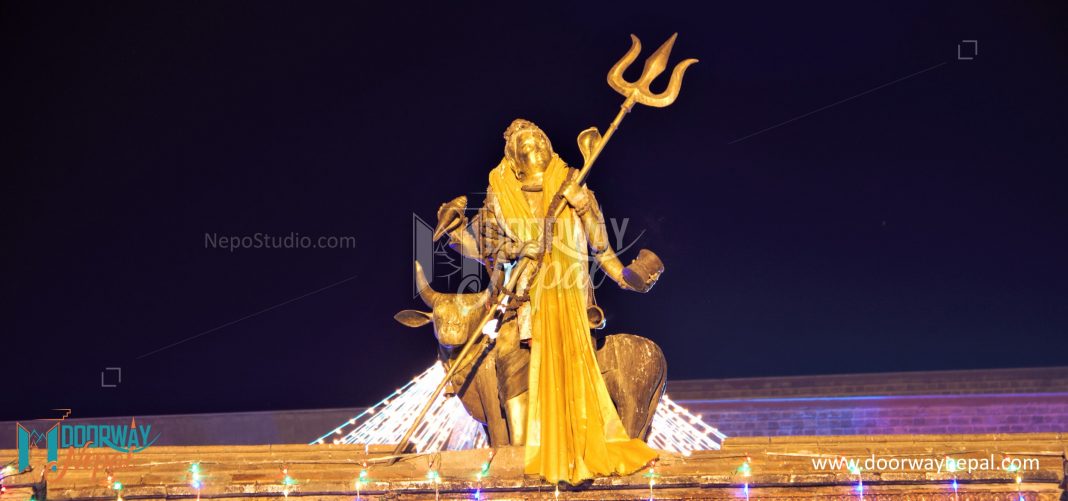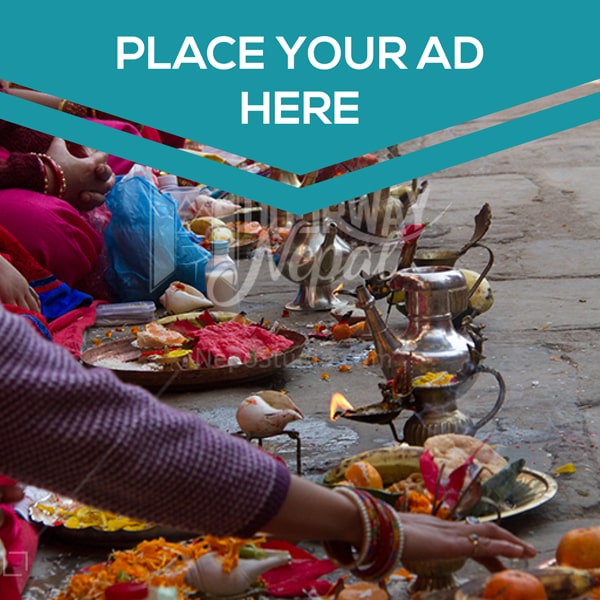Maha Dev or Lord Shiva is the mightiest God among all gods in Hindu religion. And Shivaratri which literally means ‘night of the Shiva’ is one major festivals of Nepal. Celebrated on the 14th day of the dark fortnight, devotees fast for the entire day. Either they opt for Nirjala Brat (fast without consuming even water) or Do Nirahar Vrat (fast having fruits and milk).
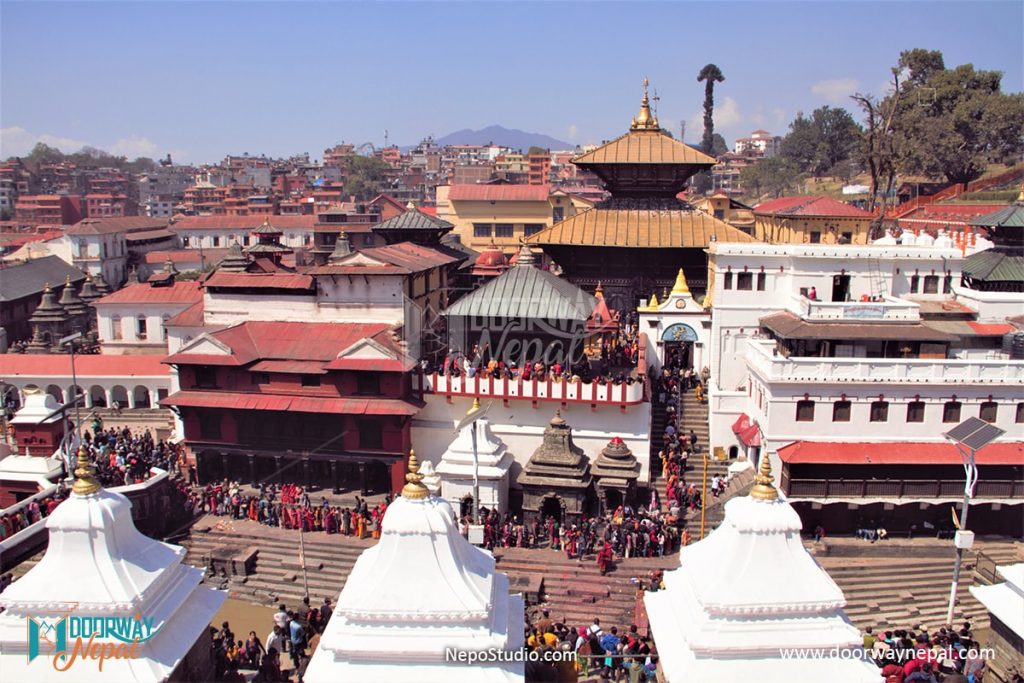
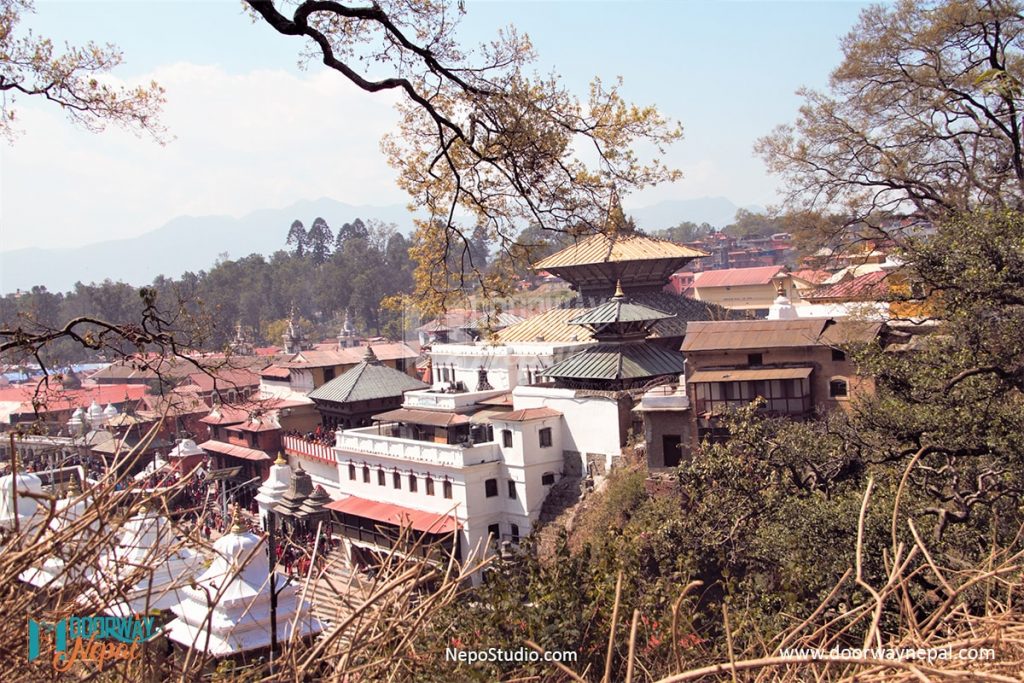
So why is it celebrated? Firstly, Shivratri is the day in the Hindu calendar when the absolute formless God Sadashiv appeared in the form of “Lingodbhav Moorti” exactly at midnight. And it is also the wedding anniversary of Lord Shiva and Devi Parvati. Lastly, it is the day to thanks Lord Shiva for protecting all the creatures and living from annihilation.
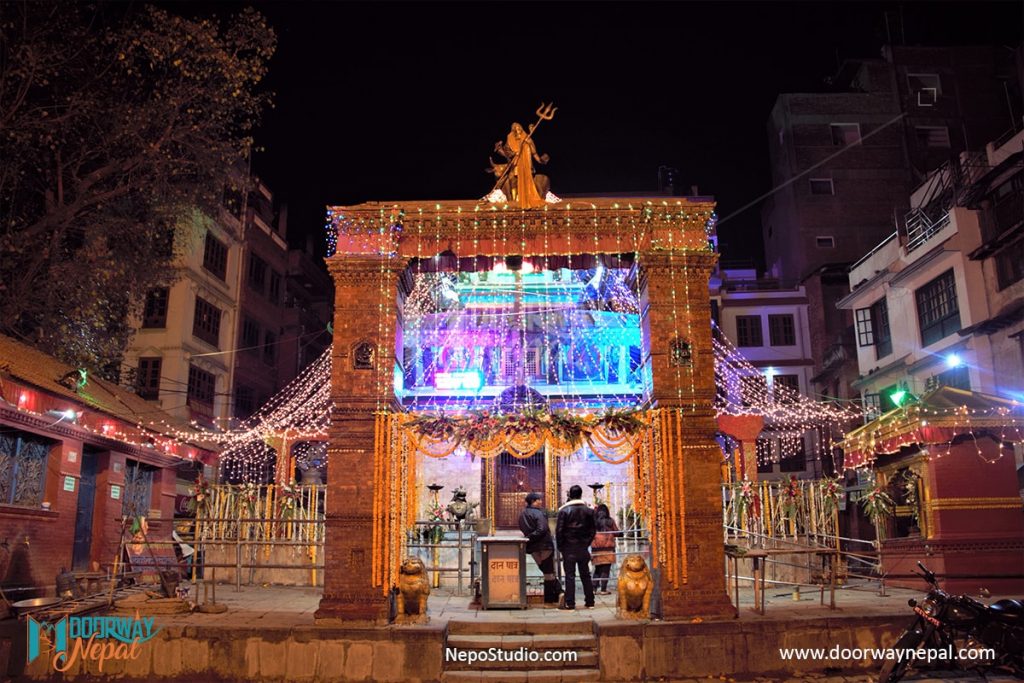
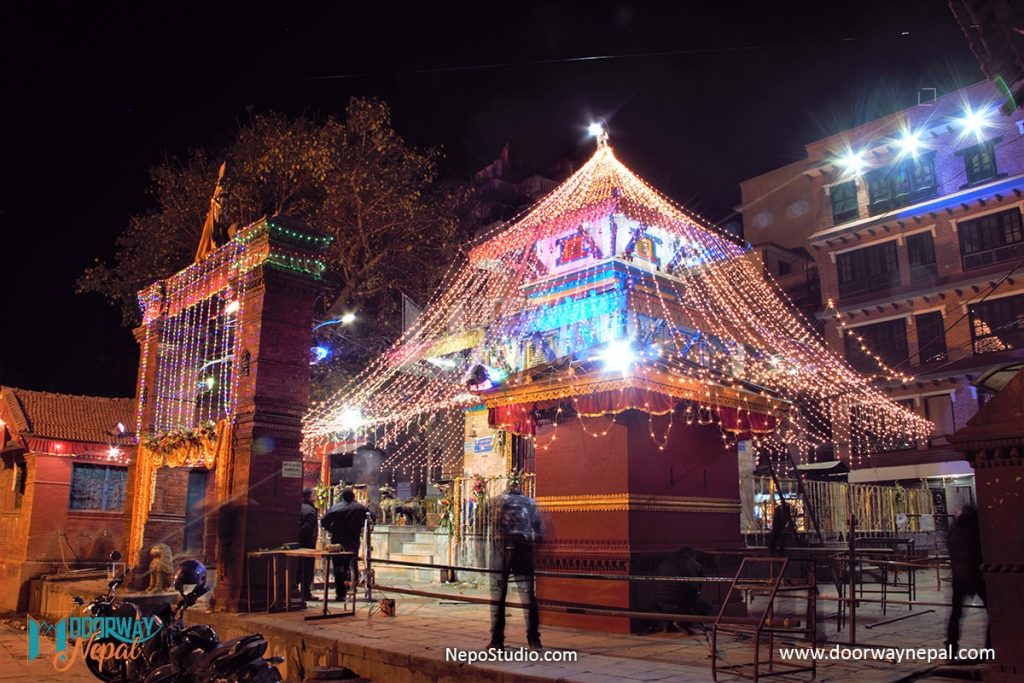
On this very day Lord Shiva is believed to become ‘Neelkantham’ or the blue-throated one, by swallowing the deadly poison that came out in Kshir Sagar or the milky ocean during its churning. It is said that the poison was so deadly that even a drop in his stomach, which symbolizes the Universe, would have annihilated the entire world. So, he held it in his neck, which turned him blue due to the poison.
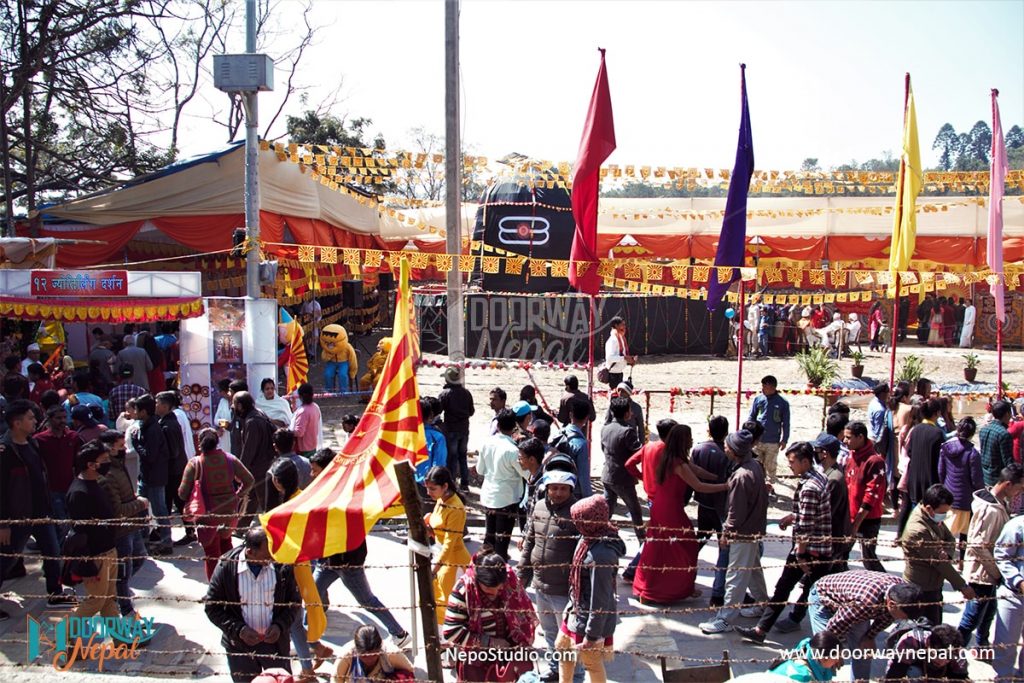
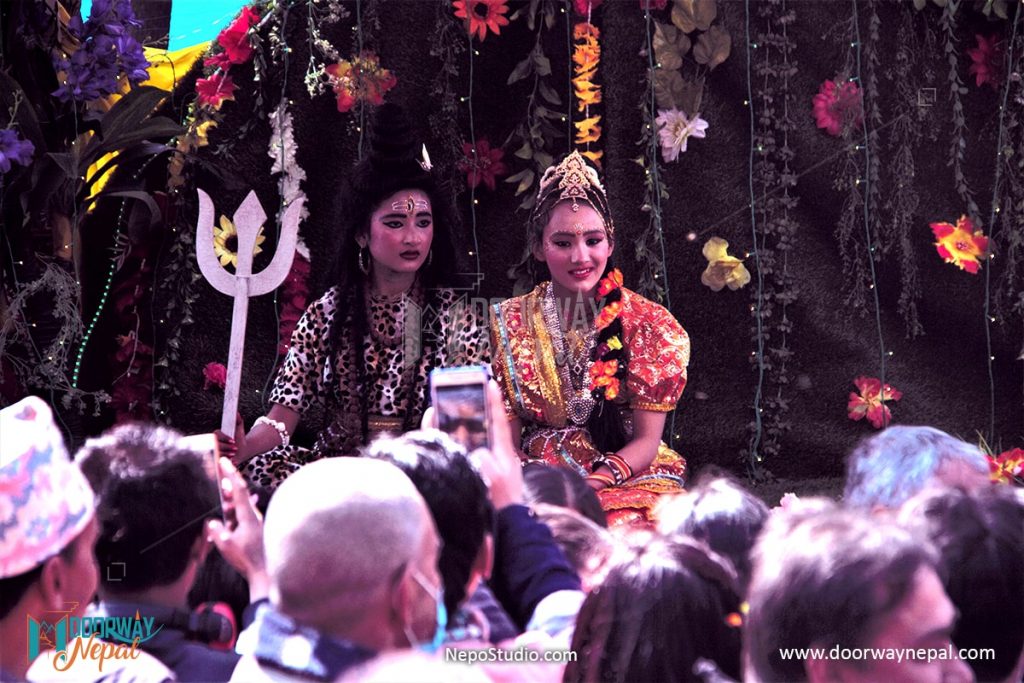
It is believed that the people who fast on this night and offer prayers to Lord Shiva bring good luck into their life. Women pray to lord Shiva for her well-being of their husbands and sons. An unmarried woman pray to get their desired husband like Shiva in future; boys pray to get beautiful wife and successful life in future.
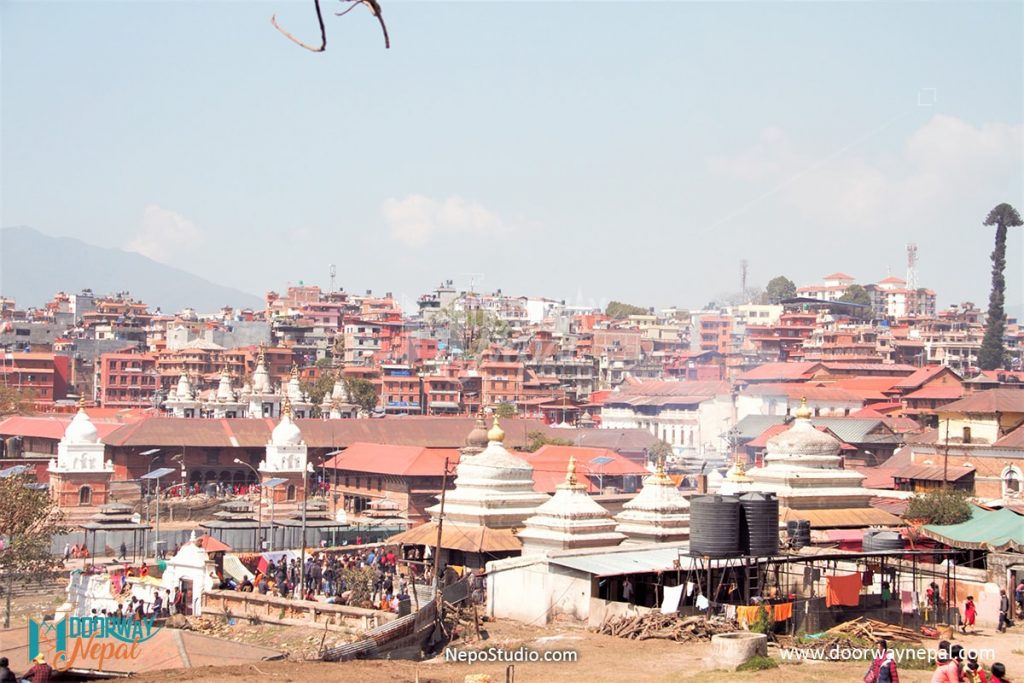
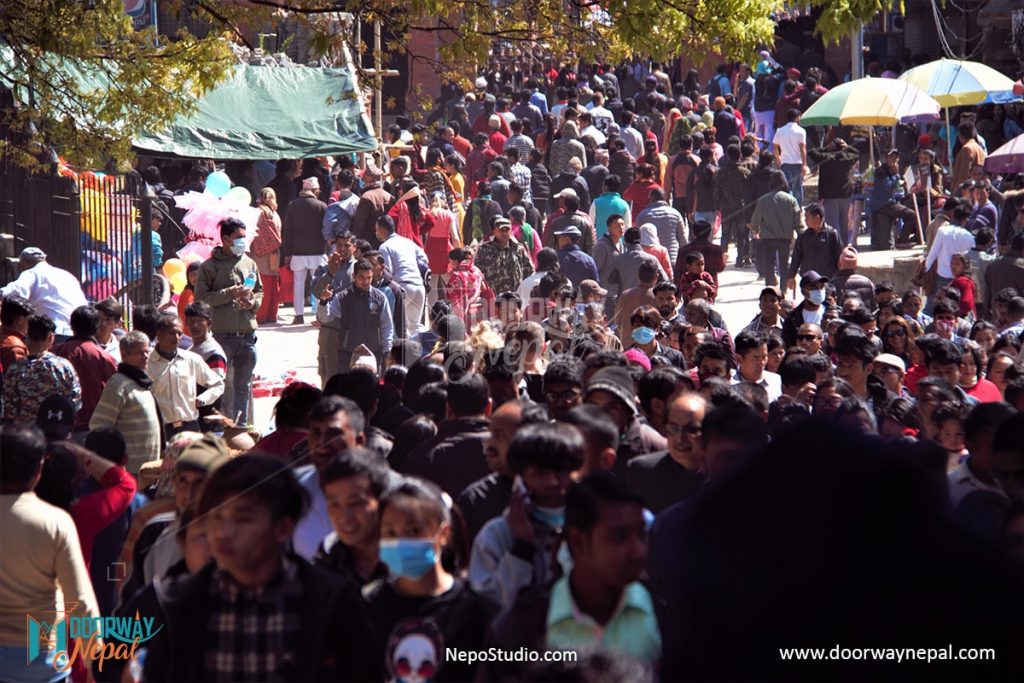
Moreover, the most popular Maha Shivratri celebrations take place in Pashupatinath. Pashupatinath Temple in Kathmandu is one of the holiest shrines of the Hindus. Pashupatinath is considered the Guardian and Protector of the Kathmandu Valley and Nepal. Besides, almost all the Shiva temples around the country is flooded with the devotees and the temples are decorated lavishly with flowers and lights.
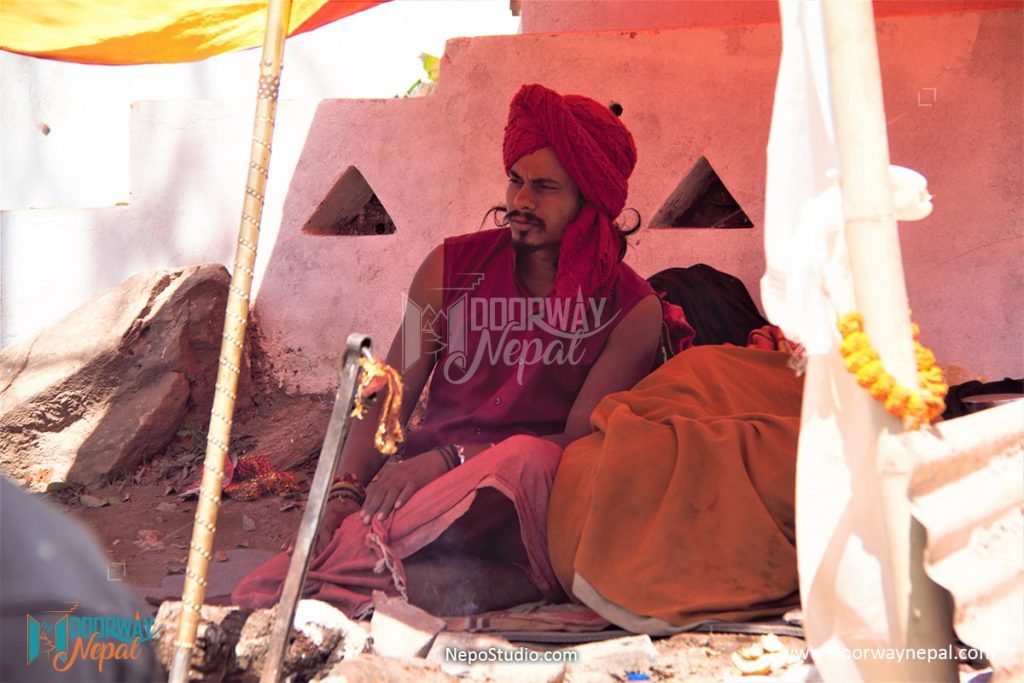
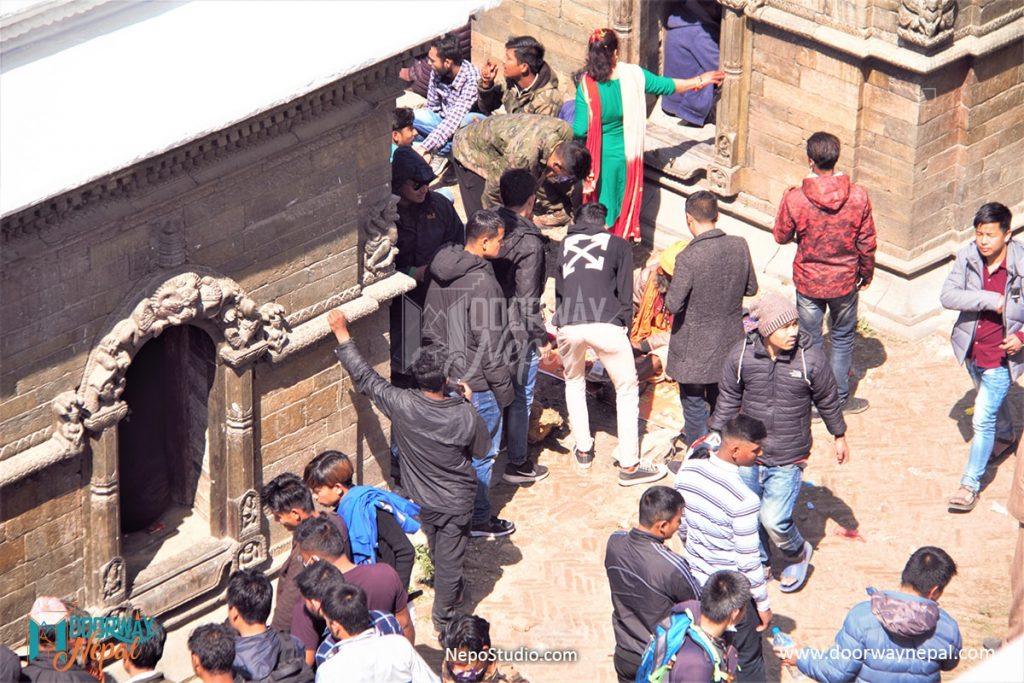
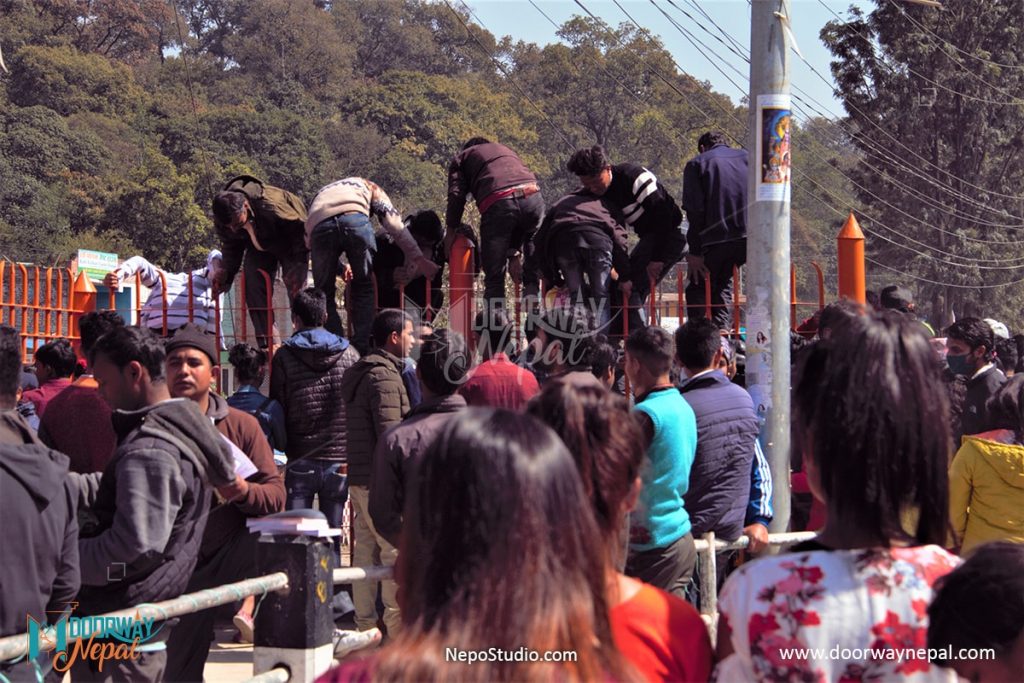
Apart from Puja and Darshan other attractions for visitors to the temple vicinity is Sadhu Babas from different parts of Nepal and India. People come to Pashupatinath to observe and see the different kinds of Sadhu Babas and their activities; some Sadhus are covered is ashes while some prefer to be completely naked.
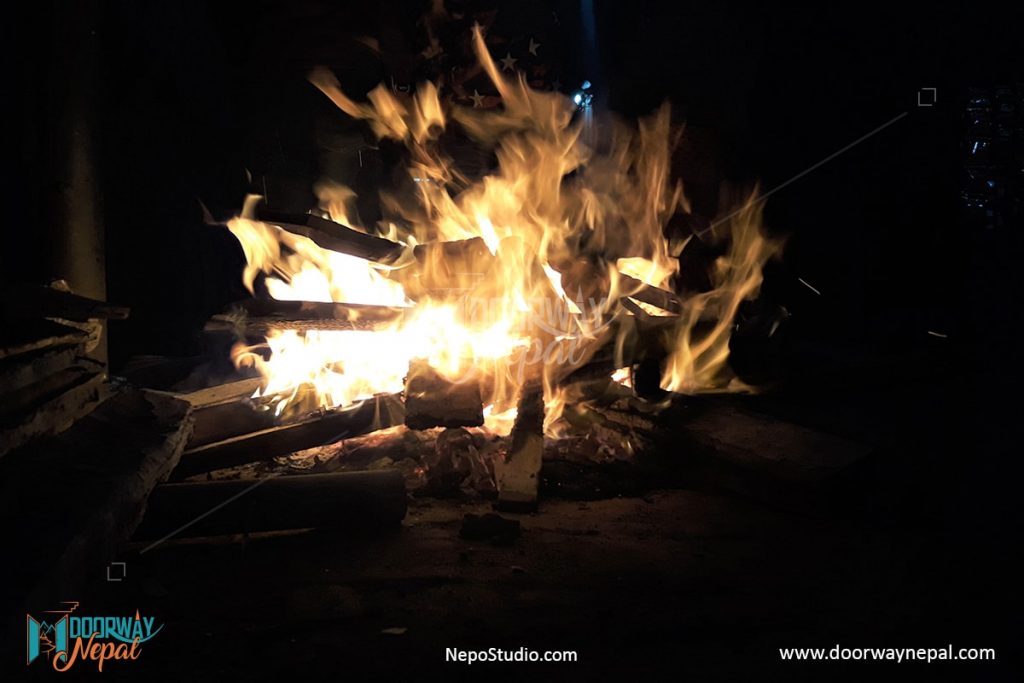
Then there is a tradition in the Valley where bonfires are built and family groups keep all-night vigil to glorify the Supreme Lord of Creation. Children go round the city begging for firewood and chanting:
“Gane Dyo Ta Chikula, Maha Dyo Ta Ikula.
Shhinsa jihu Dhebasa jiu.” (Lord Ganesh is feeling dizzy and Lord Shiva is shivering with cold. So we beg of you either firewood or money )
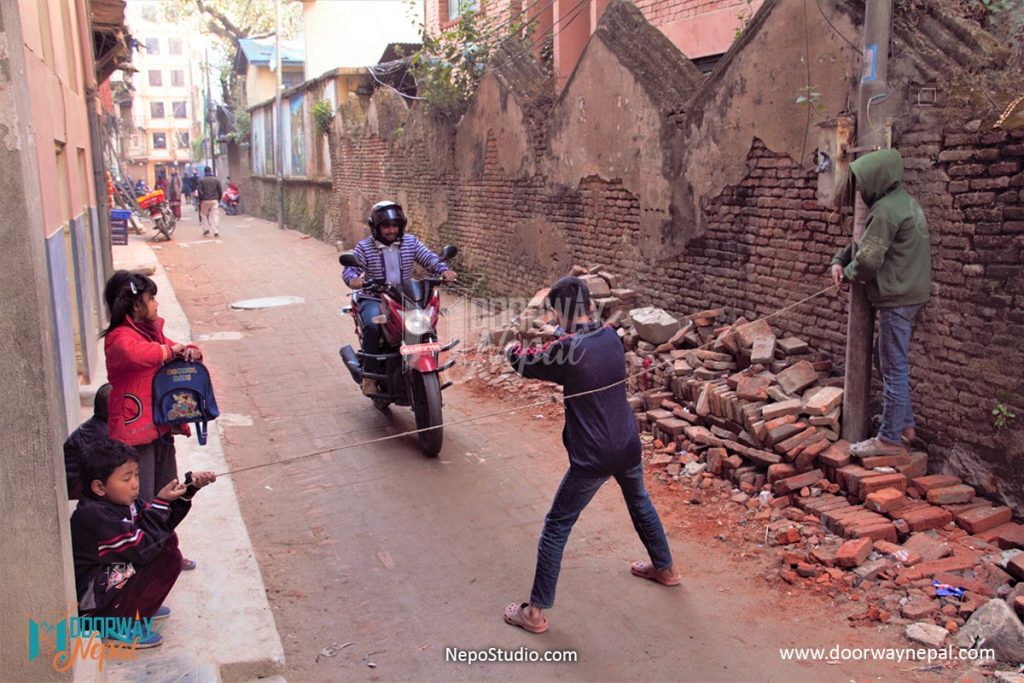
The popular Hindu celebration has a lot of faith centered ideals and cultural presence. While the practices have evolved, the bigger picture and worshipping ideals have remained.
